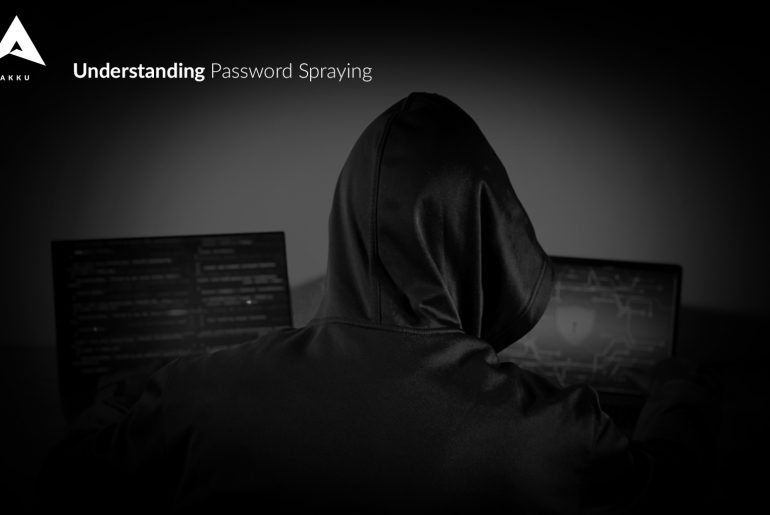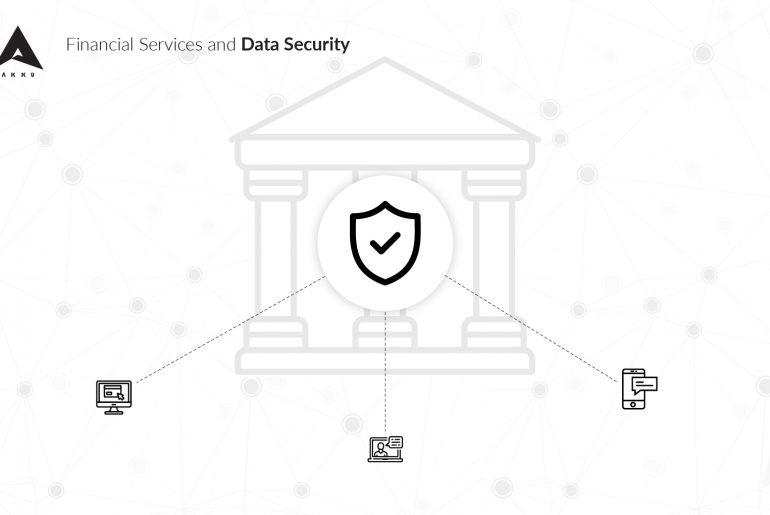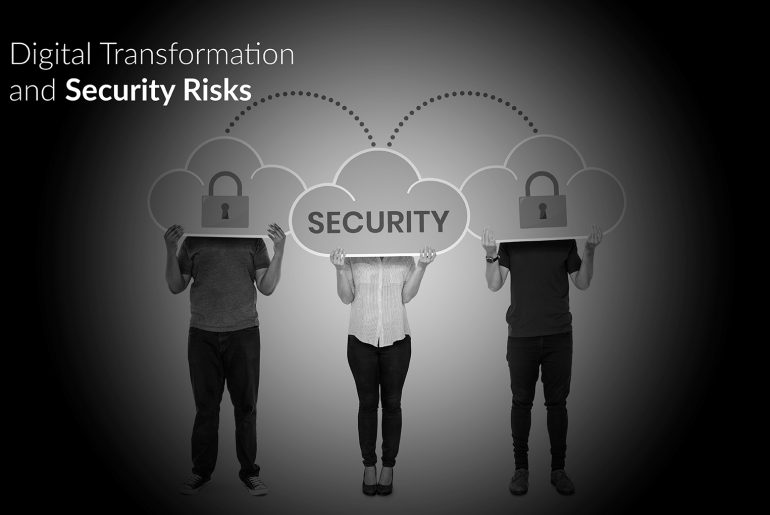Ever wondered why organizations emphasize the importance of setting a complicated password as opposed to something convenient like ‘password123’? In today’s world, hackers are getting creative with their cybersecurity attacks. One type of attack that has gained a lot of traction in the past year is ‘password spraying’ – a type of brute force attack in the cybersecurity realm that goes beyond the traditional forms of hacking into an account.
Picture this – in the past, hackers would attempt to gain unauthorized access to a single account by constantly guessing the password in a short period of time. But with organizations bringing measures such as locking an account when three or more attempts have been made, the user gets notified about any attempted security breach.










